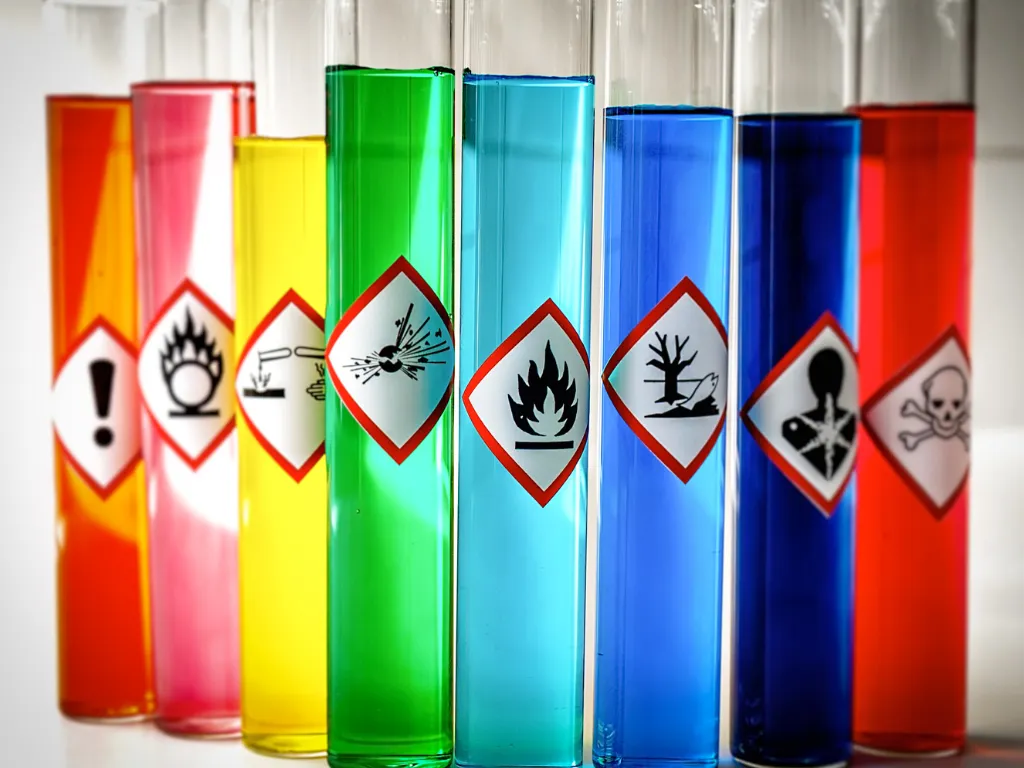News Details

The European Commission plans to add new hazard categories under the CLP Regulation
On 20 September 2022 the European Commission published a Draft delegated regulation introducing new hazard classes to the system established in Regulation (EC) 1272/2008, on the classification, labelling and packaging of substances and mixtures (the CLP Regulation).
The CLP Regulation implements the UN Globally Harmonized System of Classification and Labelling of Chemicals (UN GHS) in the European Union. It is a key piece of legislation, given that general chemicals legislation and product-specific legislation often refer to it when establishing compliance obligations.
Now, the Commission is proposing the introduction of new hazard categories that would go beyond the most recent revision of the UN GHS (Revision 9, adopted in 2021). The introduction of new hazard categories had been signaled by the Commission in recent years. For instance, the European Green Deal (2019) suggests to take into account scientific evidence on endocrine disruptors and persistent chemicals. Furthermore, the EU Chemicals Strategy for Sustainability, adopted in 2020, also calls new hazard classes and criteria addressing environmental toxicity, persistency, mobility and bioaccumulation.
The Draft regulation would introduce the following new hazard classes and categories:
- Endocrine disruptors for human health, category 1 (known or presumed) and category 2 (suspected)
- Endocrine disruptors for the environment, category 1 (known or presumed) and category2 (suspected)
- Persistent, bioaccumulative and toxic (PBT) or Very Persistent, Very Bioaccumulative (vPvB) substances
- Persistent, Mobile and Toxic (PMT) or Very Persistent, Very Mobile (vPvM) substances
The regulation includes the classification criteria for substances and mixtures, as well as the relevant labelling elements, including new hazard statements. For PBT/vPvB substances, common criteria are established for persistence and bioaccumulation. However, given their difference in toxicity, they remain different categories. The same situation applies to PMT/vPvM substances.
The new classification and labelling requirements would apply to substances 18 months after the regulation’s entry into force. In the case of mixtures, the transitional period would be 36 months. However, the draft establishes grace periods for substances and mixtures labelled before the entry into force and placed on the market before the end of the transitional period. The old classifications may continue to apply for 42 months for substances and 60 months for mixtures.
While still a draft, the introduction of new hazard classes and categories in the CLP Regulation is a key development in chemicals management worldwide. As many countries around the world seek to adopt both the GHS and REACH-like regulations, this development opens space for divergence between the global and EU frameworks. Additionally, it is related to the upcoming revision of EU Regulation 1907/2006 (the REACH Regulation), as the Chemicals Strategy for Sustainability pointed to the categorization of endocrine disruptors, PMT and vPvM substances as substances of very high concern (SVHC) under REACH.
In addition to these developments through delegated regulations, further changes to chemicals management in Europe are expected in the coming months, when the European Commission proposes amendments to the REACH and CLP Regulations themselves.
Once adopted by the Commission, delegated acts enter into force automatically unless the European Parliament or the Council of the EU explicitly oppose them. The current draft is open for public comments until October 18, 2022.
We acknowledge that the above information has been compiled from European Commission.


